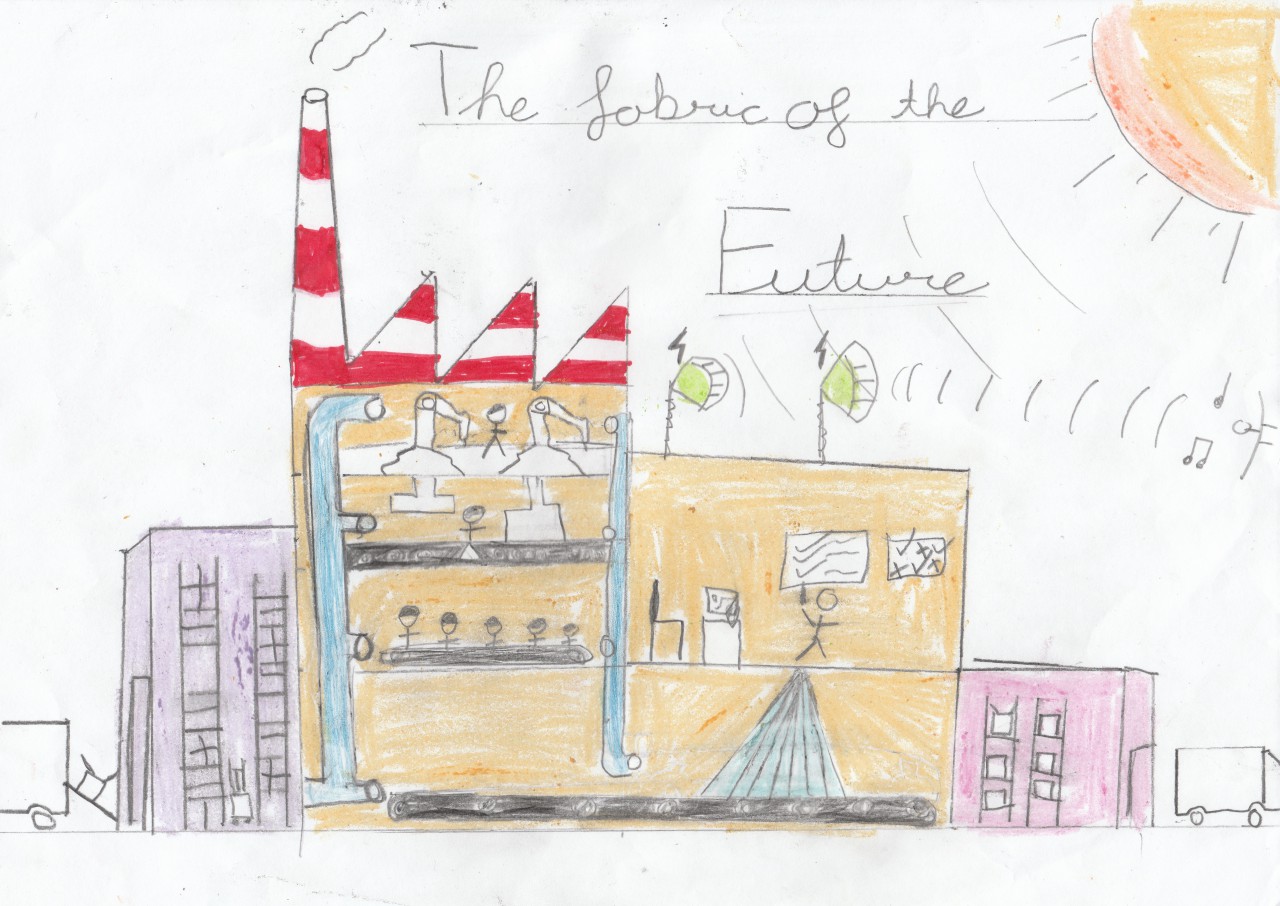I’ve read thousand of articles about Big Data and the benefits it can bring.
But there are no so many articles or blogs talking about what kind of capabilities are needed in an organization to drive this kind of initiatives.

What matters most, the F1 car and the power of the engine, the driver, or the engineering team that builts and maintains it ?
I feel some people is oversimplifyng the matter and only asking about what make of F1 do we need to buy ? Is it a Ferrari, a McLaren, or Mercedes ?
Shouldn’t we be talking about what are theh capabilities we need to drive that car ? And moreover, even “modify” or adjust our car to better suit the driving style of our driver ?
Shouldn’t we be talking about what are the capabilities of our engineering team ? It is only about mechanical engineers, or do we need also aeronautics, and materials experts ?
Building on this alegory, I find many times the focus is only about if the right tool is SAP Hana, Tableau, Tibco, Qlick, or Microsoft BI (to name a few), and we forget about the two most important questions:
- Who are our users (driver) and what are their specific needs (driving style)
- What are the capabilities that we need to develop or adquire to drive this kind of program (the F1 engineering team)
I will be sharing some ideas regarding the capabilities needed in an INDUSTRIAL environment to drive this kind of programs.

In my opinion we need an interesting mixture of profiles and experiences. We need people with:
- Operations and process experience. These will be in direct contact with the user (or will be the user themselves) and will be in charge of giving context to the data.
- Automation and Equipment knowledge. This profile will be able to extract the meaningful data and also put the contect relative to the equipment and phisical processes
- IT knowledge. Will be in charge of the technology solution (the car; or with a more sharper focus, the “engine”)
Now my questions are :
- Do we need a team core team in which ALL members have this Super rich (You can imagine what the “S” in the middle stands for)
- Is just combining the diversity of single-discipline specialists under a single umbrella enough to achieve our goals?
- Or…given that it is almost impossible to have a bunch of “S” people, we can look to the hybrid profiles that appears in the intersection of every two areas: Data scientists, Industrial IT experts, and Process Controls engineers. Do we need to combine these dual-profiles under a single team ? Is that enough ?
As a summary, I think if we want our company to be sucessful (win the race), we need to:
- Select the right technology (the engine).
- Assemble a well diverse team, with a rich mixture on each one of them (the engineering team).
- Design, configure and adapt the tools (the car) to the specific needs and style of our user (the driver).
And the final reflection…, what matters most ….Big data …or Big People ?
What do you think ?
(Please leave your feedback / comments in the linkedin page)



